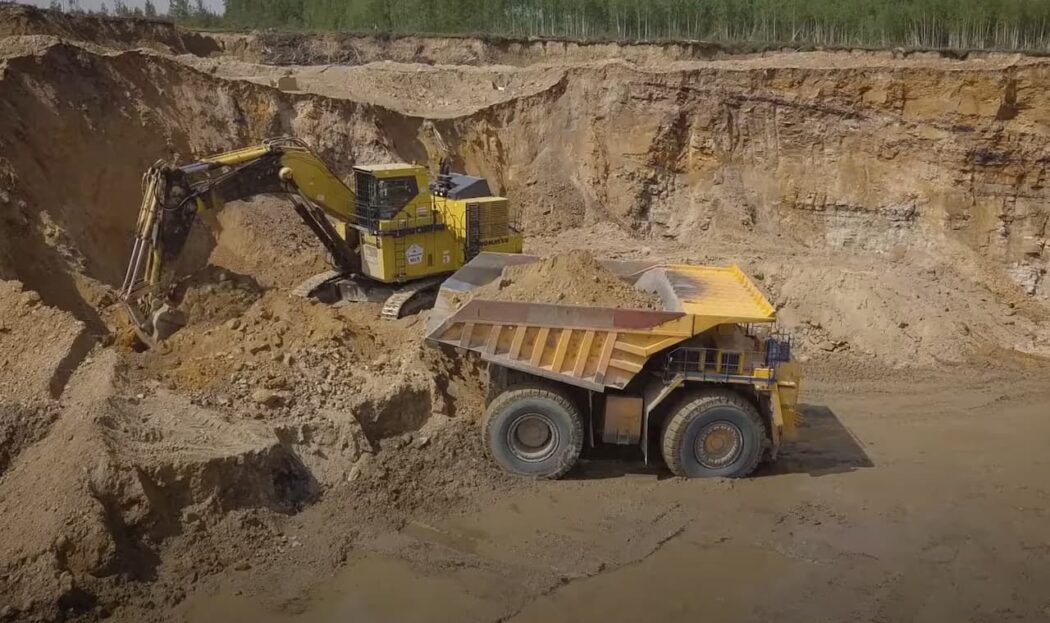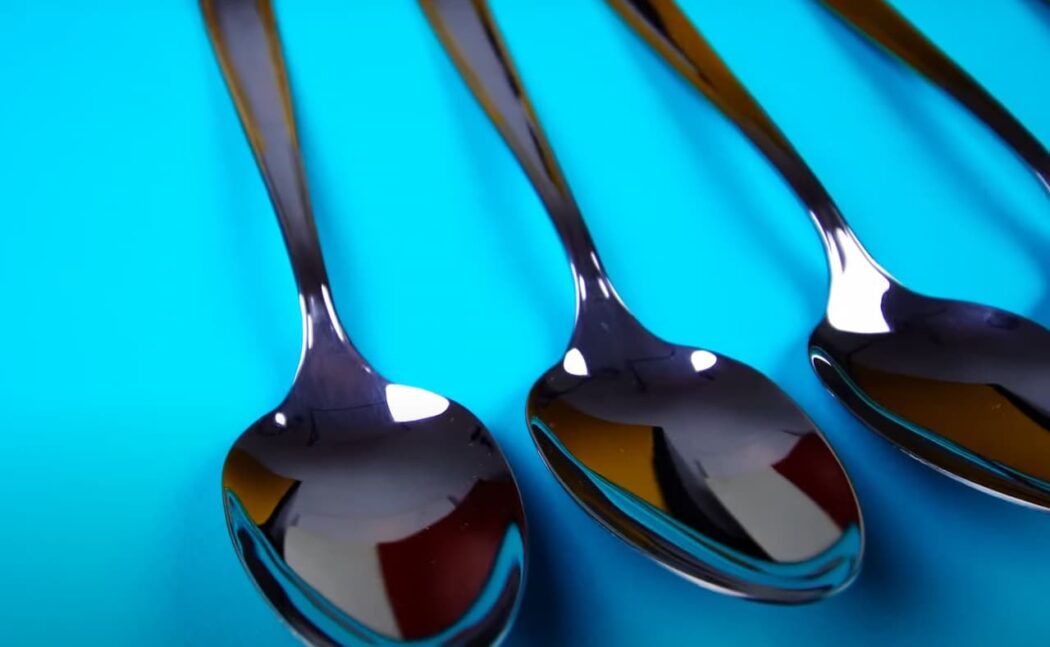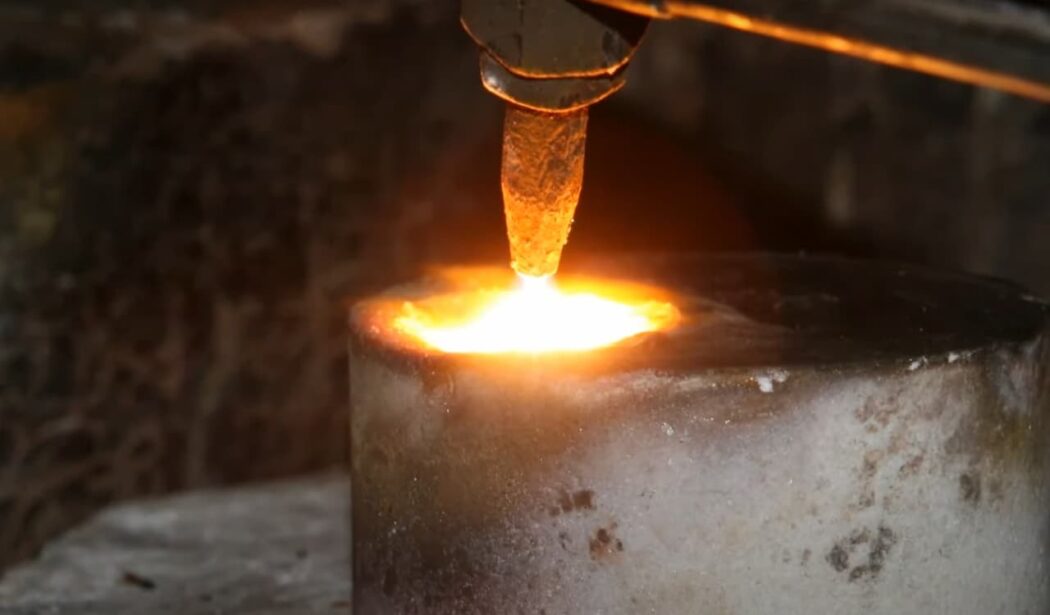Metals and a variety of alloys composed of various metals are the most common elements in the periodic table. As a result, it’s essential to understand what metals are and something about them.
Metals have been used for millennia because of their strength, durability, adaptability, and conductivity.
Metal is employed in the construction of buildings and bridges as well as in a variety of other applications such as toolmaking, machinery, electronics, plumbing, HVAC systems, automobiles, aircraft, military equipment, and more. If you’re looking for the best metal cutting circular saw blade for your project, check out this guide from MetalProfy: best metal cutting circular saw blade.
Metals account for 75% of all elements on the periodic table.
Did you know that there are over 100 different types of metals? Or that metals can be found in both solid and liquid forms? In this blog post, we will discuss some interesting facts about metals.
We will also talk about the various properties of metals and how they are used in everyday life. So if you’re interested in learning more about this fascinating topic, keep reading!
The Best Facts About Metals
Metals Are Primarily Shiny
The vast majority of metals are shiny. This is because they have a smooth, reflective surface. When light hits a metal surface, it reflects off in a bright and sparkly way.
Some metals, like aluminum, can even be polished to a high shine using special methods. This makes them perfect for use in jewelry and other decorative items.
Of course, not all metals are equally shiny. Some, like copper, develop a patina over time that gives them a more muted appearance. Still, even these metals can be polished to restore their original luster.
In general, though, if you’re looking for something that’s going to gleam in the light, metal is the way to go.

The Most Commonly Used Metals Are
- Iron is the most abundant metal on Earth, making up about 95% of the planet’s metallic content;
- Aluminum is the second most common metal, found in about eight percent of the Earth’s crust;
- Copper is third on the list, followed by zinc, lead, and tin;
- While these six metals are by far the most commonly used, there are actually over 80 different kinds of metals found on Earth;
Iron Is The Most Abundant Metal On Earth
Iron is the most abundant metal on Earth, comprising about 35% of the planet’s crust. It is also the most widely used metal, thanks to its strong properties and versatility. Iron is so important that it’s one of only four elements that make up 96% of the Earth’s core.
The other three elements are oxygen, silicon, and magnesium. Together, these four elements make up almost everything on and inside the planet!
Silver Conducts Electricity Better Than Any Other Metal
Silver is the best conductor of electricity out of all the metals. It is even better than copper, which is why it is often used in electrical wiring and circuits. Silver’s ability to conduct electricity is because it has the highest electrical conductivity of any element. This makes silver an essential component in a variety of electronic devices.
Silver is also a good reflector of light, which is why it is commonly used in mirrors! Mirrors reflect around 95% of visible light that hits them, and silver is responsible for much of that reflection. In addition to being used in mirrors, silver coatings are also applied to windows and other surfaces to help reflect heat and light. If you’re interested in learning more about cleaning surfaces and maintaining their reflective qualities, check out the cleaning blog CleanerProfy.
Noble Metals
The noble metals are gold, silver, platinum, palladium, rhodium, and iridium. They are so called because they are resistant to corrosion and oxidation in the presence of air and water. Noble metals are precious metals: they have a high economic value and are used in jewelry, coins, and other decorative items.
Gold is the most abundant of noble metals – it is found in nature as a pure metal (i.e., not combined with other elements).
Silver is also found in nature as a pure metal, but it is less abundant than gold. Platinum, palladium, rhodium, and iridium are much less abundant than gold and silver; they are usually found combined with other elements in nature.
Platinum is the most abundant of these metals – it is found in small quantities in certain types of rocks. Palladium, rhodium, and iridium are found in very small quantities in some meteorites.
Alloys Contain Two Or More Elements
An alloy is a material that contains two or more elements. The most common alloys are made of metals, but alloys can also be made of non-metals. Alloys are usually stronger and more durable than the pure elements they are made of.
The vast majority of metals used in industry are alloys. Steel, for example, is an alloy of iron and carbon. Brass is an alloy of copper and zinc. Bronze is an alloy of copper and tin.
Alloys are often created to improve the properties of a metal. For example, adding carbon to iron makes steel much harder than pure iron. Adding zinc to copper makes brass much harder than pure copper.

Mercury Has The Lowest Melting Point
At room temperature and pressure, mercury has the lowest melting point of all metals—and it’s the only one that’s liquid under normal conditions. If you tried to melt mercury in a kitchen oven, it would simply evaporate. Mercury’s freezing point is also incredibly low: -38.83 degrees Celsius, or -37.89 degrees Fahrenheit.
Mercury has a relatively low melting point because of its “lone pairs” – electrons that aren’t paired up with other atoms. These lone pairs make it harder for mercury atoms to bond together, so they require less energy to break apart (and thus have a lower melting point). This also explains why mercury is a liquid at room temperature: there are simply too many lone pairs for the atoms to form a solid lattice.
Tungsten Has The Highest Melting Point
Tungsten’s high melting point of 3,422°C (or 6,191.6°F) is one of its most distinct features. This is the highest melting temperature of any metal in existence. Tungsten is a very heavy common substance that grows naturally and can maintain its strength at high temperatures.
Iron Is Galvanized To Prevent Rust
Iron is galvanized to prevent rust. Galvanizing is a process where iron is coated with a layer of zinc. This protects the iron from rusting and makes it last longer. Galvanized iron is used in construction, for example in pipes and nails. It is also used in car bodies and to make some types of steel. The zinc coating on galvanized iron protects it from corrosion and makes it last longer than uncoated iron.
Aluminum Is The Most Recyclable Material In The World
Aluminum can be recycled indefinitely without losing any of its properties, making it the most recyclable material in the world. Over 75% of all aluminum ever produced is still in use today.
Gold Is The Only Yellow Metal
All other metals are either silver or gray when they are in their purest form. Gold is thought to have been used as a decorative metal as early as 6000 BC.
There Are Over 60 Different Types Of Steel
Steel is an alloy made by combining iron and carbon. The different types of steel are classified according to their carbon content. The higher the carbon content, the harder and stronger the steel will be. However, high carbon steel is also more brittle and can be more difficult to work with.
Copper Is The Best Conductor Of Heat And Electricity
This makes it an essential metal for electrical wiring and plumbing. Copper is also antimicrobial, meaning it kills bacteria and other microorganisms on contact. This property makes copper touch surfaces ideal for hospitals and other public places where hygiene is a concern.
FAQ
What are the good things about metal?
For one, metal is an excellent conductor of electricity, which makes it ideal for electrical applications. Additionally, metal is very strong and durable, meaning that it can be used in a variety of construction projects. Finally, metal is also recyclable, making it a sustainable material choice.
What are some bad things about metal?
While there are many good things about metal, there are also some bad things to consider:
- First of all, metal is a poor insulator of heat, which means that it can cause problems in hot weather conditions;
- Additionally, metal is susceptible to corrosion, meaning that it will need to be regularly maintained to prevent rusting and other damage;
- Finally, metal can be a bit noisy when used in certain applications;

What is the most interesting metal?
Rhodium is considered the most interesting metal because it is rare, has a high melting point, and is highly corrosion-resistant. Rhodium is also used in catalytic converters and as a plating on other metals.
Other interesting metals:
- Titanium is the fourth most abundant metal in the Earth’s crust and is known for its strength and lightweight. Titanium is also biocompatible, meaning it can be used in medical implants;
- Gold is one of the oldest metals known to man and has been used for jewelry, coins, and other decorative items for centuries. Gold is also a good conductor of electricity and does not corrode;
- Platinum is a white metal that is rarer than gold and is used in jewelry, laboratory equipment, and catalytic converters. Platinum is also non-toxic and non-corrosive;
- Palladium is a silver-white metal that is used in jewelry, dentistry, and electronics. Palladium is also non-toxic and has a low melting point;
What are 10 uses of metals?
There are numerous uses for metals, including in construction, electronics, and even jewelry.
Here are 10 interesting facts about metals:
- Metals are good conductors of electricity. This makes them useful in electronic devices such as computers and cell phones;
- Most metals are ductile, meaning they can be drawn into thin wires. This property is exploited in metalworking;
- Metals are malleable, meaning they can be hammered or pressed into various shapes without breaking. This makes them ideal for use in construction;
- Some metals, such as gold and silver, do not corrode in the presence of air or water. This makes them ideal for use in jewelry;
- Metals have a high melting point, meaning they can withstand high temperatures. This makes them ideal for use in industrial applications;
- Metals are reflective, meaning they can reflect light. This makes them useful in mirrors and other optical devices;
- Some metals, such as iron and steel, are magnetic. This makes them useful in motors and generators;
- Most metals are good conductors of heat. This makes them useful in thermal applications such as boilers and heat exchangers;
- Metals are strong, making them ideal for use in structural applications;
- Metals can be recycled, making them environmentally friendly;
What is the most reflective metal?
Silver and aluminum are the most reflective metals in the world. Reflective aluminum, or “light sheet” has a mirror-like finish and is composed of high purity aluminum that has been optimized for light control.